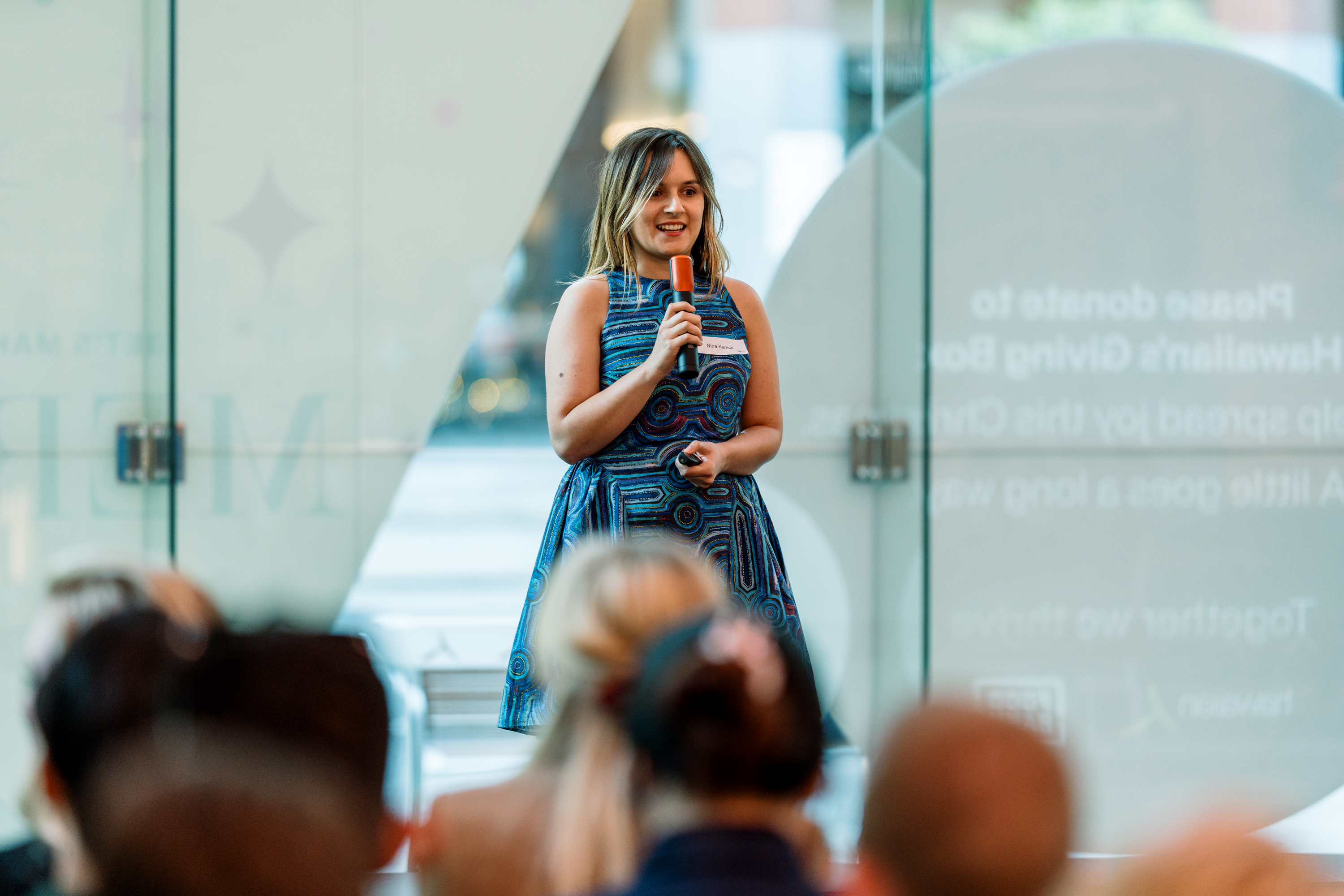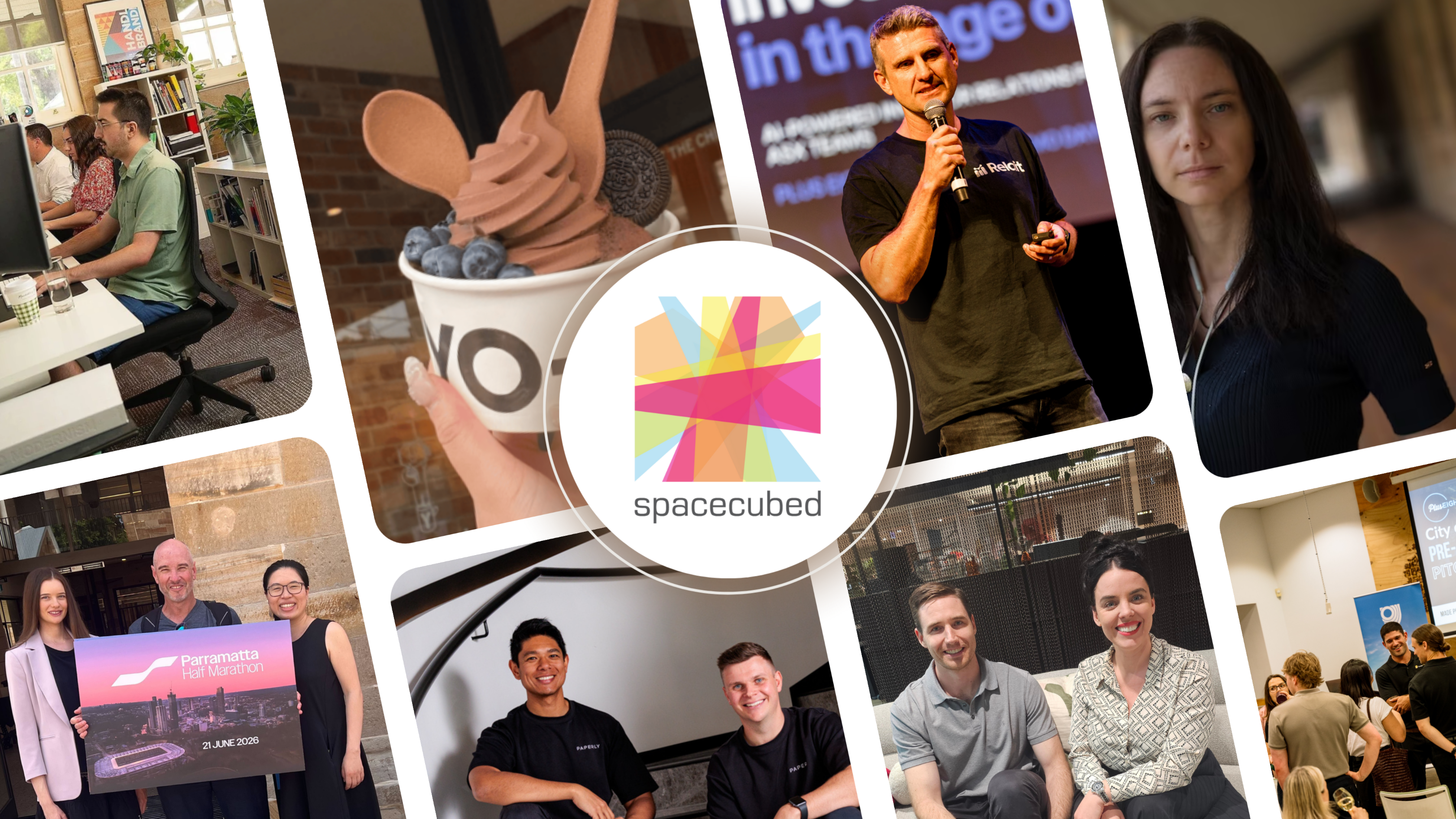Navitas Sets About Forecasting the Shape of Education in the Next 10 Years With Project Landscape
Recent members at FLUX, Navitas Ventures are leading the movement towards new ways in unleashing human potential through their Project Landscape strategy.
With the goal of focussing educational ventures on the ‘learner,’ Navitas recently mapped out the educational landscape for the next 10 years, hypothesising disruption and innovative change. However such large forecasting requires in depth and comprehensive research on a massive scale, so here’s how they did it:
Creating an MVP
Securing a partnership with San Francisco based startup, Quid, Navitas began to build a Minimum Viable Product - essentially a version of a new product which allows a team to collect the maximum amount of validated learning with the least effort.
With access to a massive data pool, through the partnership, Project Landscape collected a sample of educational data from over 2,000 companies from 40 countries including the US, UK, China, India, Canada, France, Germany, Australia and Japan.
The idea was to draw upon diverse perspectives and research of Navitas teams over 50 countries, leading to the mission of seeding the most vibrant education and innovation communities around the world.
“We want to put those already exploring and pioneering on the map, and inspire those who might not have otherwise to consider their own expedition,” writes CEO of Navitas Ventures Patrick Brothers.
Aimed at simplifying trends, and making sense of complex landscapes, the data collected was then put into the following network visual below to ease interpretation.
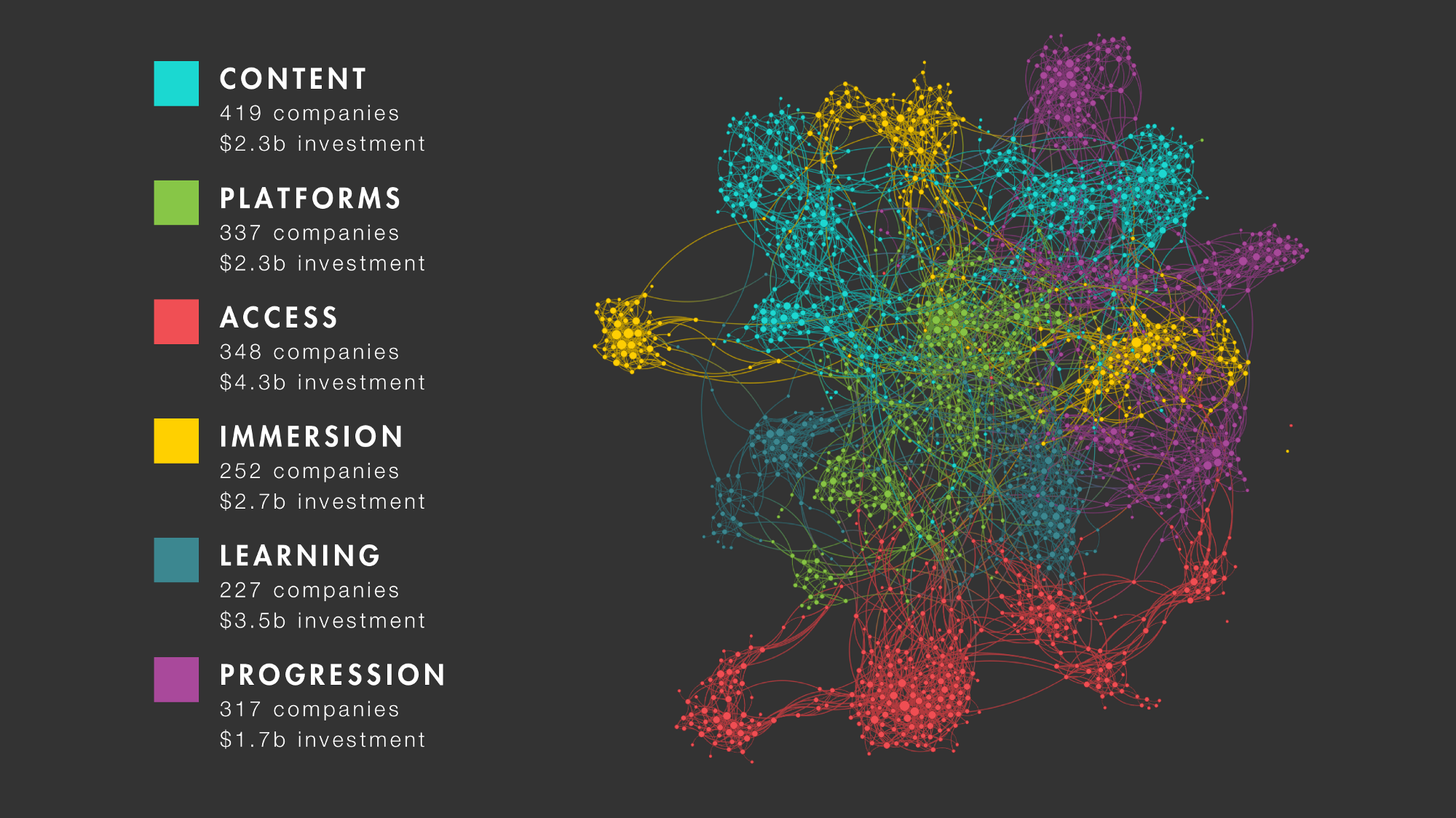
Clustering Clusters
The research resulted in 16 clusters of similar companies, but it soon became difficult to digest, and this resulted in the 6 broad categories/thematics represented in the visual here:

The collected clusters soon became tough to digest and required a deeper dive into the thematics. The following list shows what lies where in the new cluster network Project Landscape created:
Content: Publishers, Content Distribution, Digital Learning
Platforms: LMS & Analytics and Social Learning
Access: Recruitment & Employment, Admissions and Financing
Immersion: VR/AR and China Ed Tech
Learning: Formal/Accredited and Informal/Unaccredited
Progression: Peer to Peer and Tutoring, Language and Literacy and Testing & Credentialing.
At a cluster level, it became easier to see different business models, and market leaders came to fruition in the forecasting process - a real story began to take shape. For example, “China and Ed Tech clustered together despite having members that will eventually sprinkle through the landscape and VR/AR is a clear cluster but likewise might eventually creep through the network as is AI,” Brothers explained.
Clustering Cluster leaderboards
Project Landscape then ranked the clusters below, in part explaining how the sample is made up and in part explaining the trends coming from the sample itself. (Total investment and median investment are both in millions USD).
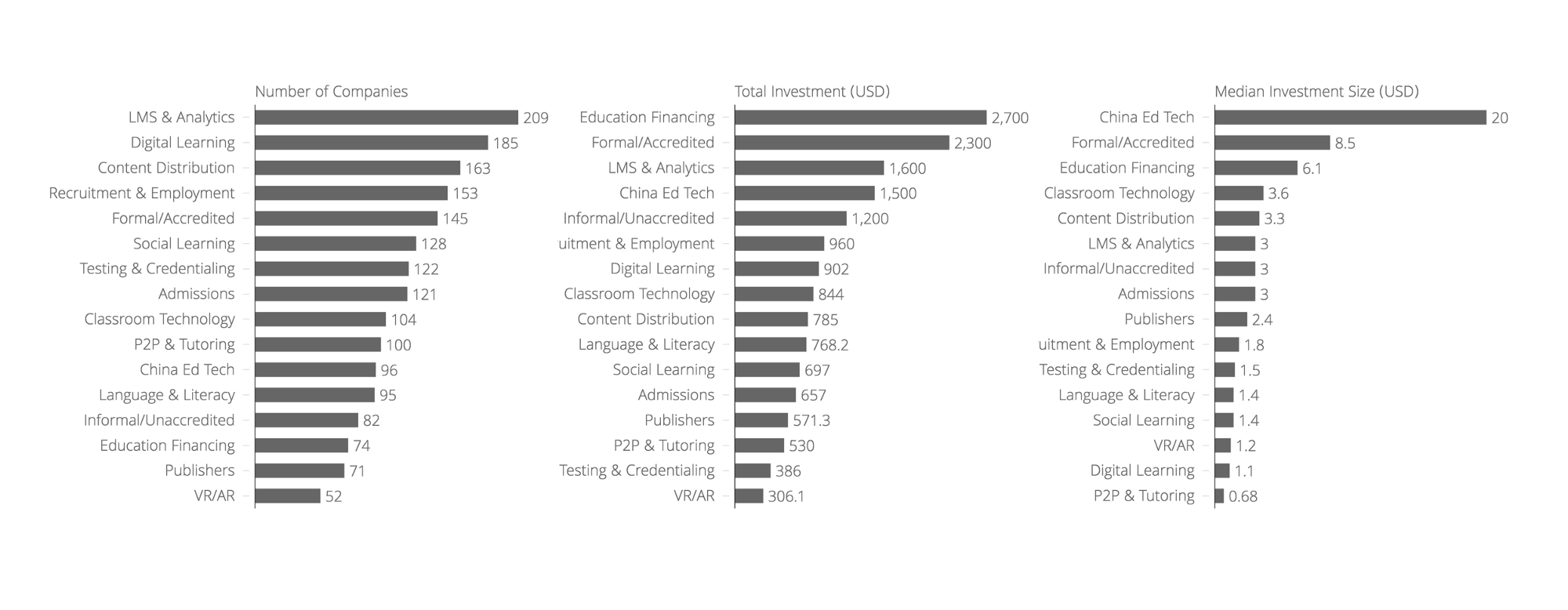
Get involved
Building Landscape 1.0 has taken some effort, but now it's time for the hard yards and real work. Navitas need passionate and constructive feedback to validate and justify their focus.
Navitas have started putting together the technology to create a truly open source and global landscape, where collective intelligence can create a strong and scalable community.
Over the coming months they will be sharing more of their research and learnings. Project Landscape 1.0, and what will follow, is equal parts human intuition and machine intelligence — because Navitas believe that the future of technology is about investing in people and unleashing their potential.
Find out more about the innovative and exciting work of the Spacecubed community and book your tour today



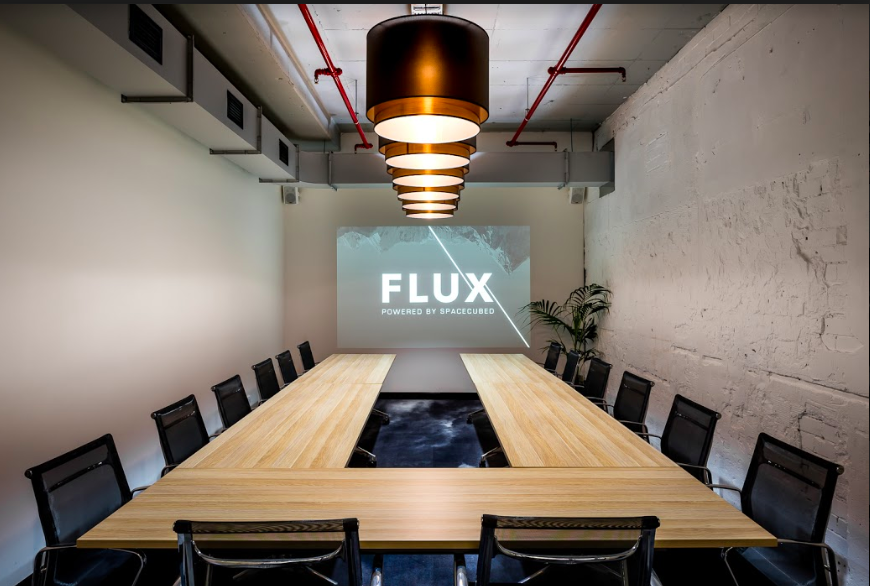
.png)
